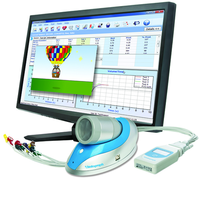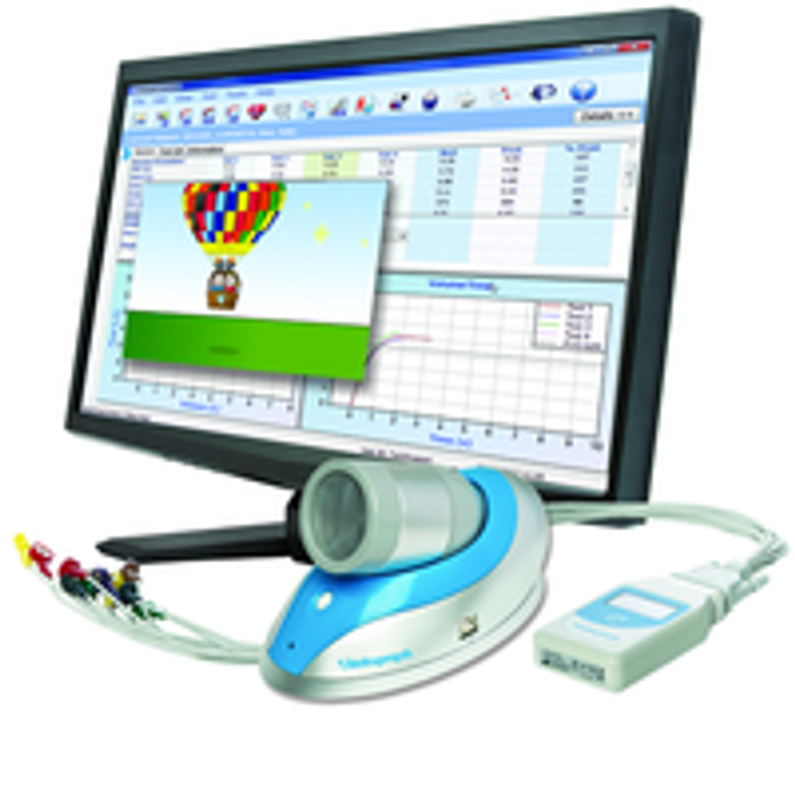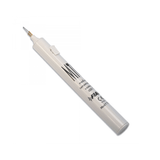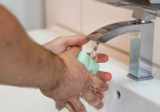The Basics of Spirometry
 Spirometry is one of the first and most
basic tests that will usually be performed when a patient complains of
breathing difficulties. It is a simple procedure that’s effective in aiding the
diagnosis of many different issues. As long as you use a trusted
medical equipment supplier that comes recommended for GPs, the required
equipment is extremely simple and easy to get hold of. All you need is a
spirometer, which consists of a mouthpiece attached to a handheld device. Any GP
office or surgery will normally have this equipment ready to perform tests.
Spirometry is one of the first and most
basic tests that will usually be performed when a patient complains of
breathing difficulties. It is a simple procedure that’s effective in aiding the
diagnosis of many different issues. As long as you use a trusted
medical equipment supplier that comes recommended for GPs, the required
equipment is extremely simple and easy to get hold of. All you need is a
spirometer, which consists of a mouthpiece attached to a handheld device. Any GP
office or surgery will normally have this equipment ready to perform tests.
The test works by having the patient breathe in as deeply as possible, before exhaling as quickly and forcefully as possible into the mouthpiece. Usually a few attempts will be required to establish an accurate reading. The device then takes a measurement which corresponds to lung capacity. This is made up of two figures: forced vital capacity (FVC) which is the total measurement, and forced expiratory volume in the first second of the exhalation (FEV1).
A few variables must be factored in to process these figures and come to an accurate conclusion, since the healthy average will potentially be different depending on your age, height, gender and ethnicity. In some cases, the test may be taken before and after the administration of medication such as an asthma inhaler, in order to assess any improvements.
Once an accurate result can be determined, your FVC and FEV1 can help identify a number of different health problems, including asthma, COPD (chronic obstructive pulmonary disease), cystic fibrosis, pulmonary fibrosis and others. Again, repeated spirometry tests may be useful after treatment following a diagnosis of any of these conditions, in order to judge the effectiveness of a particular course of treatment.
In general, spirometry is an effective way of identifying any lung disease that is either obstructive (a problem with your airways) or restrictive (a problem with lung capacity). The simplicity of the test and the required equipment makes spirometry the first course of action for most medical professionals when diagnosing breathing complaints, hence any recommended GP supplier should be able to provide the necessary devices.
Recent Posts
-
Cauteries & Cryosurgery for minor procedures
Cauteries and cryosurgery work in a similar fashion, even though they are at opposite ends of the s …4th Jul 2019 -
Choosing the best digital thermometer
As any parent, or healthcare professional knows only too well, getting an accurate temperature read …6th Jun 2019 -
World Hand Hygiene Day
Any healthcare professional will be able to attest to the importance of good hand hygiene. 5 May 2 …1st May 2019




